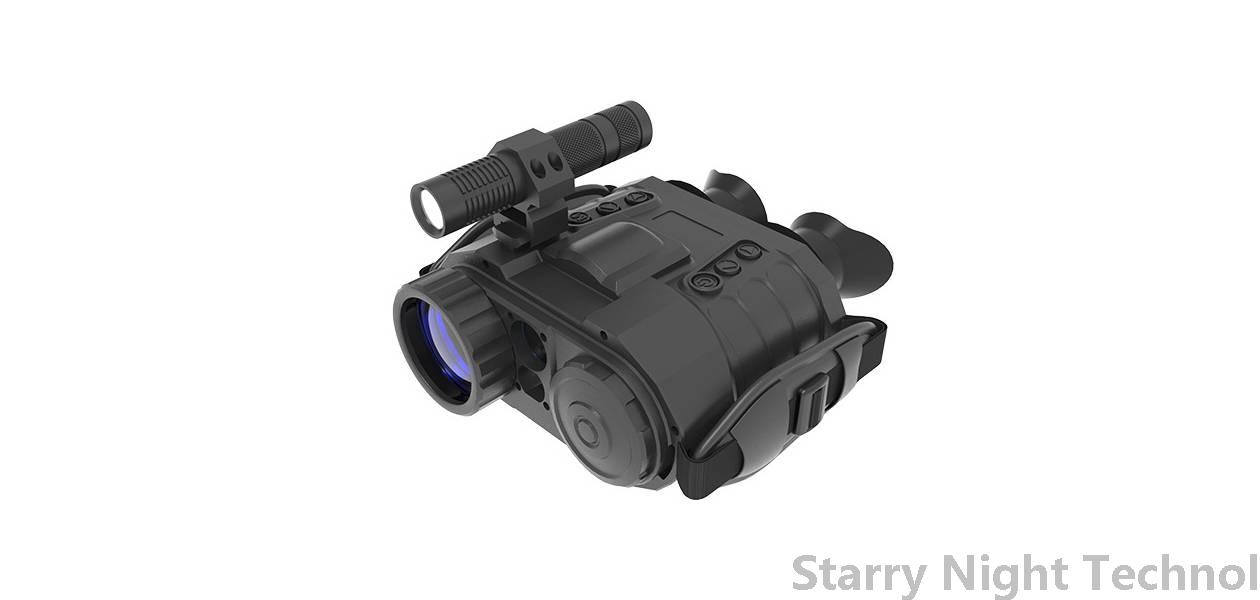Precision Night Vision Solutions for Special Operations
1763449223000

In the rapidly evolving landscape of military technology, the necessity for precision equipment has never been more pronounced. One of the pivotal advancements in this arena is night vision technology tailored specifically for special operations forces. As these elite units are tasked with high-stakes missions often conducted under the cover of darkness, having access to cutting-edge night vision solutions becomes critical not just for operational success but also for the safety and effectiveness of personnel on the ground.
#### The Evolution of Night Vision Technology
The journey of night vision technology began during World War II when early efforts primarily focused on amplifying available ambient light. Over time, advancements led to four distinct generations of night vision devices, each representing significant leaps in capability:
1. **Generation 1 (Gen 1)**: First developed in the late 1950s, these tubes amplify existing light up to about a thousand times, allowing users to operate effectively at dusk or dawn. While Gen 1 devices served as the foundation for night vision, they were limited by their resolution and performance in low-light conditions.
2. **Generation 2 (Gen 2)**: Emerging in the 1970s, Gen 2 technology improved upon its predecessor by incorporating a microchannel plate that increased image intensification capabilities. This advancement produced clearer images and enhanced low-light performance, making it significantly superior for tactical applications.
3. **Generation 3 (Gen 3)**: Introduced later, around the 1990s, Gen 3 models utilized gallium arsenide photocathodes, enhancing sensitivity and overall image quality. Moreover, they exhibited greater resilience against bright lights, an essential feature for operators transitioning between different lighting environments.
4. **Generation 4 (Gen 4)**: The latest iteration refers to systems featuring “filmless” technology and advanced automated gain control. These sensors offer remarkable clarity, reduced halo effects, and better low-light performance due to the elimination of restrictive components present in earlier types, thus becoming indispensable tools for special operations.
Coupled with thermal imaging technologies, many modern night vision systems incorporate dual-spectrum capabilities, enabling operatives to utilize both infrared wavelengths and visible light spectra. These enhancements provide unparalleled situational awareness while reducing risk factors associated with nighttime engagements.
#### Integration with Tactical Systems
Incorporating night vision technology into broader tactical frameworks allows special operations teams to function seamlessly in multi-domain environments. Enhanced battle space management utilizes data from various tech sources—such as UAV reconnaissance feeds—to complement mission planning. By integrating real-time intelligence with night vision optics, successful decision-making can be accelerated.
 #### Key Features of Precision Night Vision Devices
#### Key Features of Precision Night Vision Devices- **Light Weight and Portability**: Modern designs prioritize weight reduction without sacrificing functionality. Ergonomically designed gear ensures comfort during prolonged shifts, crucial in special operations where mobility and agility are paramount.
- **Enhanced Resolution and Clarity**: With increasingly sophisticated sensor materials and algorithms, current systems deliver sharper visuals. Adequate contrast and lower optical distortion contribute significantly to identifying threats accurately in complex urban or less defined terrains.
- **Durability and Environmental Resilience**: Most special operations occur in challenging landscapes and unpredictable weather conditions. Therefore, night vision devices must withstand rugged environments that include moisture, dust, and extreme temperatures while still performing reliably.
- **Multi-Spectrum Capability**: Technologies that blend night vision with thermal imagery facilitate operations even in total darkness or challenging visibility scenarios. Operators can discern human or vehicle heat signatures amidst visual obfuscation from smoke or shadows.
#### Training and Operational Impact
High-tech night vision solutions yield their potential only if appropriately utilized. Rigorous training programs ensure soldiers can operate these tools efficiently. Simulated night operations cultivate proficiency in operating the systems under combat-like conditions, including target acquisition, navigation, and understanding limitations inherent to the device.
Moreover, ongoing evaluation of new developments pushes continuous improvement. Feedback loops from field exercises influence equipment upgrades and innovations, creating cycles of refinement that enhance overall mission readiness.
#### Conclusion
As global security dynamics evolve, so does the need for innovative technological solutions that bridge gaps in battlefield capabilities. Precision night vision systems represent a transformative advance in enhancing the effectiveness of special operations forces worldwide. By ensuring superior situational awareness, adaptability across diverse environments, and integration into comprehensive tactical infrastructures, these systems enable elite units to conduct covert operations uniquely suited to modern warfare challenges.
Ultimately, the investment in advanced night vision technology conveys not just prioritizing operational efficiency—it underscores a profound commitment to safeguarding lives while pursuing strategic objectives in a world fraught with uncertainty. Such innovations empower those who protect freedoms, reflecting a relentless practical pursuit of excellence in defending nations and fostering peace.
What to buy for night vision device accessoriesStarry Night Technol

